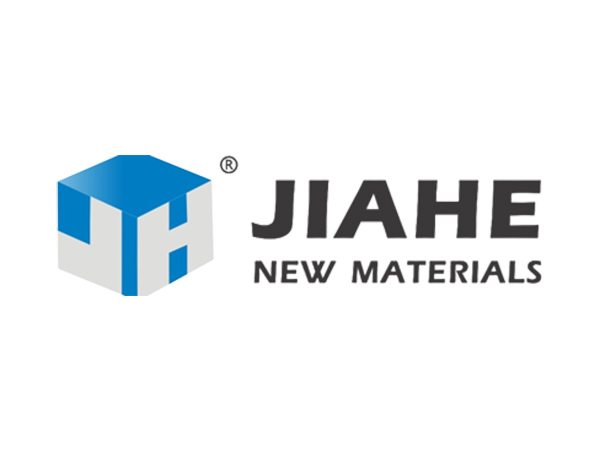In the food industry, fatty acid powder is a versatile ingredient. It has multiple functions, but also comes with potential risks and challenges.
Applications
Emulsification
In food products like mayonnaise and ice cream, achieving a stable emulsion of oil and water is crucial. Fatty acid powder, such as mono – and diglycerides, serves as an emulsifier. These molecules have a hy
dropilic head and a hydrophobic tail. In ice cream, adding 0.2 – 0.5% by weight of such fatty acid powder helps evenly disperse oil droplets in water, resulting in a smoother, more melt – resistant product.
Nutritional Enhancement
Essential fatty acids like omega – 3s (EPA and DHA) can’t be made by the body. Fatty acid powder allows manufacturers to fortify foods. For example, in fortified milk, adding omega – 3 fatty acid powder provides the recommended daily intake. A three – month study showed that consuming such milk increased EPA and DHA blood levels by 15 – 20%.
Texture Improvement
Stearic acid powder, when added to bread dough at 0.5 – 1% by weight, acts as a dough conditioner. It improves dough elasticity, leading to a softer, more uniform crumb and better texture – related shelf – life. In cakes, fatty acid – based emulsifiers enhance batter aeration, creating a lighter texture.
Shelf – Life Extension
Tocopherol – based fatty acid powder, a form of vitamin E, can be added to high – fat snack foods like potato chips. At a concentration of 0.01 – 0.02%, it delays rancidity by inhibiting fat oxidation, extending the chips’ shelf – life by 30 – 40%.
Risks and Challenges
Safety
Some people may be allergic to fatty acids or production – related components. Oxidized fatty acids can cause off – flavors and potential health issues. Also, fatty acid powder can be contaminated by microbes during production or storage, risking food spoilage and consumer health.
Regulation
The approval process for fatty acid – based food additives is complex and time – consuming. Global regulations vary, making it difficult for international food manufacturers. Precise labeling of these additives is mandatory, and non – compliance can lead to recalls and fines.
Technical
Fatty acid powder may not be compatible with all food ingredients, requiring extensive R&D. Determining the right dosage and ensuring even distribution in large – scale production is challenging. Additionally, factors like humidity can affect the powder’s stability during storage.
Consumer Perception
Consumers often have a negative view of fats, which may prevent them from accepting food with fatty acid powder, even if it’s beneficial. Complicated ingredient labels, with scientific names of fatty acids, can also deter consumers from buying such products.
In conclusion, while fatty acid powder has many uses in the food industry, overcoming these risks and challenges is essential for its continued effective use.h


